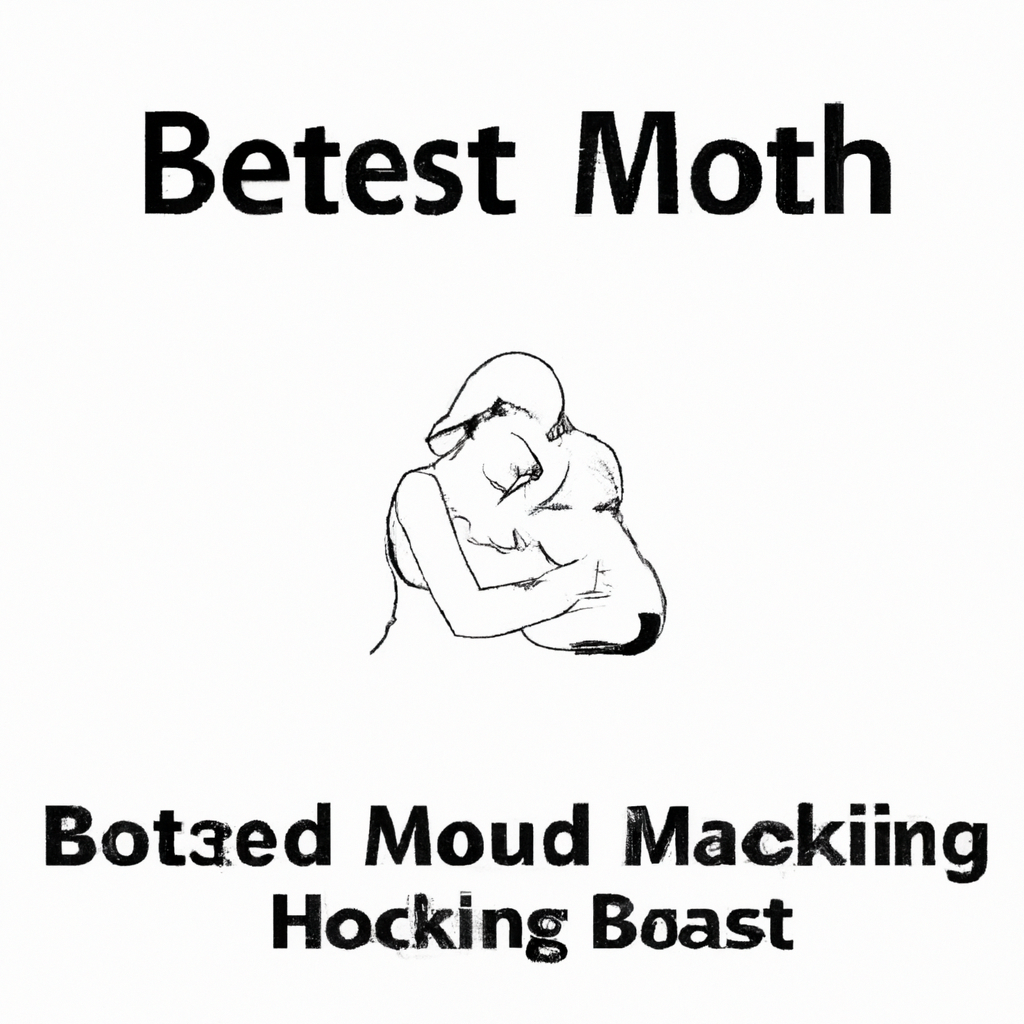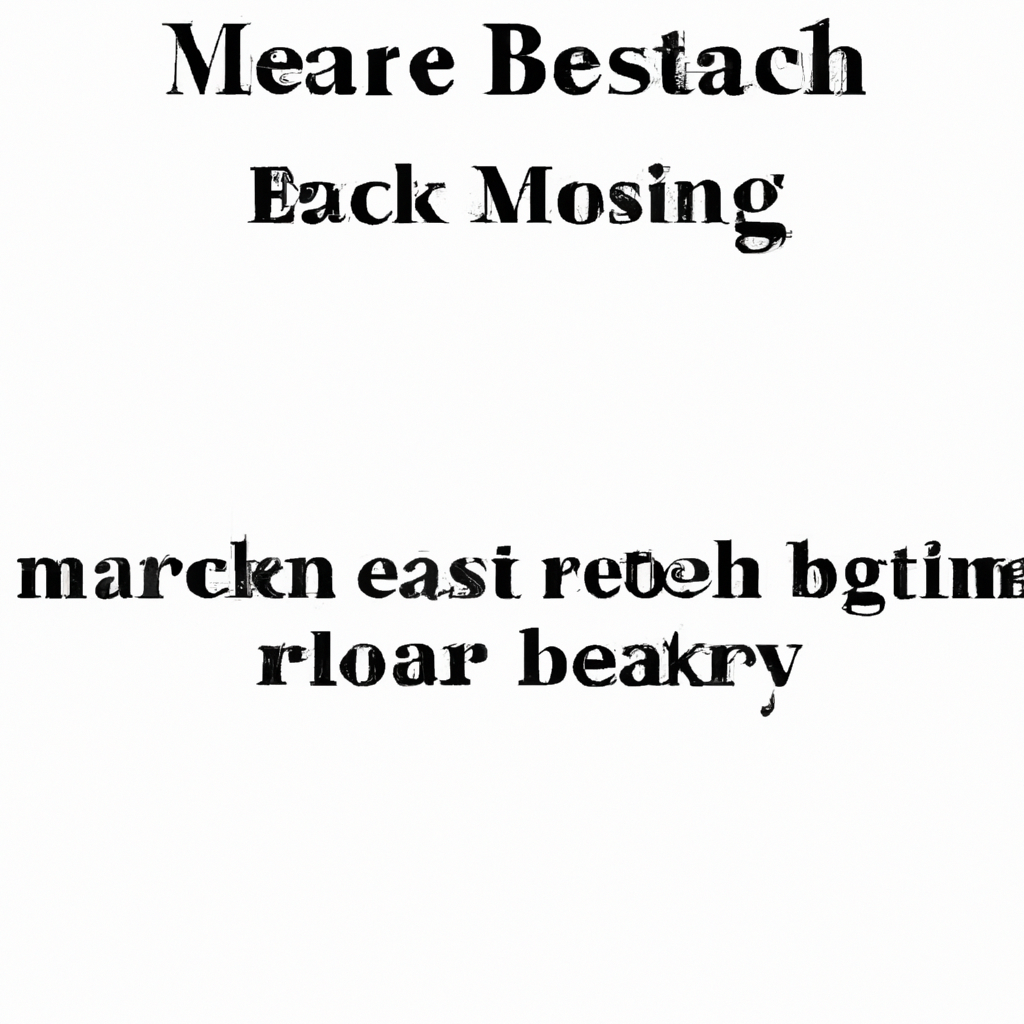In this article, you will explore the fascinating connection between breastfeeding and art throughout history. From ancient sculptures to Renaissance paintings, the act of nursing has been captured by artists of different eras, providing a unique insight into the cultural and social significance of breastfeeding. You will discover how these depictions have both celebrated and challenged societal norms, shedding light on the beauty, power, and controversy surrounding this natural act. Get ready to delve into a world where art and history intertwine, revealing the timeless bond that exists between mother and child.
Prehistoric Representations
Early Cave Paintings
Early cave paintings dating back to the Paleolithic period provide some of the earliest evidence of breastfeeding in human history. These paintings, found in caves such as Lascaux in France and Altamira in Spain, depict various scenes from prehistoric life, including hunting, gathering, and breastfeeding. The inclusion of breastfeeding in these ancient artworks highlights its significance as a vital aspect of early human survival and the importance placed on nurturing and sustaining life.
Ancient Figurines
Ancient figurines from cultures such as the Venus figurines of the Upper Paleolithic period and the Ancient Near East sculptures depict breastfeeding as well. These art pieces offer a glimpse into the cultural and social contexts of breastfeeding in ancient civilizations. The representation of breastfeeding in these figurines suggests that it was considered a natural and essential part of life, as well as symbolizing fertility and nurture.
Breastfeeding in Ancient Civilizations
Egyptian Art
Breastfeeding was also depicted in the art of ancient Egypt. In Egyptian paintings and reliefs, women are often shown breastfeeding their infants, emphasizing its role in the cycle of life and the Egyptian belief in the divine importance of motherhood. These portrayals showcase the nurturing aspect of women and the connection between mother and child.
Greek and Roman Art
Breastfeeding was a common theme in the art of ancient Greece and Rome as well. Greek pottery often depicted scenes of women breastfeeding, highlighting the maternal bond and the nurturing nature of women. Similarly, Roman frescoes and sculptures portrayed breastfeeding as a natural part of life and emphasized the role of women as mothers and caregivers.
Mesopotamian Art
The art of ancient Mesopotamia, including Sumerian and Babylonian cultures, also featured representations of breastfeeding. These artworks depicted women nursing their infants, reflecting the importance of motherhood and the cultural significance placed on breastfeeding. The inclusion of breastfeeding in Mesopotamian art suggests that it was seen as a fundamental part of the social fabric of these ancient civilizations.
Indus Valley Art
Breastfeeding is depicted in the art of the Indus Valley civilization as well. The famous statue of the “Mother Goddess” from Mohenjo-Daro showcases a woman breastfeeding her child, emphasizing the nurturing aspect of motherhood and the importance of breastfeeding in the society of that time. These artistic representations provide insight into the cultural attitudes towards breastfeeding and motherhood in the ancient Indus Valley civilization.


Breastfeeding in Medieval and Renaissance Art
Christian Iconography
Breastfeeding played a significant role in Christian iconography during the medieval and Renaissance periods. Paintings and sculptures of the Madonna and Child often depict the Virgin Mary breastfeeding the infant Jesus, symbolizing not only her role as a mother but also her divine purity and ability to nourish both body and soul. These artworks served as devotional pieces and reinforced the spiritual and sacred nature of breastfeeding.
Portraits and Family Scenes
Beyond religious art, breastfeeding was also represented in portraits and family scenes during the Medieval and Renaissance periods. Paintings such as Jan van Eyck’s “The Arnolfini Portrait” depicted breastfeeding as a natural and intimate part of family life. These artistic representations reflected the societal norms and emphasized the importance of motherhood and the nurturing role of women.
Depictions of Breastfeeding in East Asian Art
Chinese Art
Breastfeeding was frequently depicted in Chinese art throughout different dynasties. Paintings and sculptures often showcased images of mothers breastfeeding their infants, highlighting the emphasis placed on motherly love and the life-giving nature of breastfeeding. These artistic representations conveyed the cultural values of filial piety and the importance of the mother-child bond in Chinese society.
Japanese Art
In Japanese art, breastfeeding was also depicted in various forms. Woodblock prints, such as those created by artists like Kitagawa Utamaro, featured scenes of women breastfeeding their babies. These artworks reflected the natural and intimate aspects of motherhood and portrayed breastfeeding as a symbol of maternal love and care.
Korean Art
Breastfeeding was also represented in Korean art, particularly in Joseon Dynasty paintings and sculptures. Artists captured maternal scenes of breastfeeding, emphasizing the nurturing role of mothers and the cultural importance placed on the health and sustenance of infants. These artistic depictions served as a reflection of the societal norms and values surrounding motherhood in Korea.


Breastfeeding in 17th-19th Century Art
Baroque and Rococo Eras
Breastfeeding continued to be a subject of artistic representation during the Baroque and Rococo periods in Europe. Paintings such as Peter Paul Rubens’ “The Garden of Love” showcased breastfeeding as a symbol of fertility and abundance. These artworks celebrated the beauty of motherhood and emphasized the nurturing aspect of women.
Neoclassical Art
In Neoclassical art, breastfeeding was often portrayed as a metaphorical representation of maternal virtue and purity. Artists such as Jacques-Louis David depicted breastfeeding as a symbol of self-sacrifice and maternal devotion. These artistic representations aligned with the ideals of the Enlightenment period and emphasized the importance of motherhood in society.
Realism and Romanticism
Breastfeeding also found its place in the art of the Realism and Romanticism movements. Artists like Gustave Courbet and Frederic Leighton depicted breastfeeding in a more naturalistic manner, showcasing the intimacy and tenderness between mother and child. These artworks aimed to capture the emotional depth of maternal love and the authentic portrayal of breastfeeding.
Breastfeeding in Modern and Contemporary Art
Impressionism and Post-Impressionism
Breastfeeding became a subject of interest for Impressionist and Post-Impressionist artists, such as Pierre-Auguste Renoir and Mary Cassatt. These artists portrayed breastfeeding as a natural and everyday occurrence in the lives of women, reflecting the changing cultural attitudes towards motherhood and the growing acceptance of breastfeeding as a normal part of life.
Expressionism and Cubism
In the early 20th century, artists of the Expressionism and Cubism movements also explored the theme of breastfeeding. Artists like Pablo Picasso and Egon Schiele depicted breastfeeding in abstract and fragmented ways, challenging traditional representations of motherhood and adding a sense of complexity and ambiguity to the subject.
Surrealism and Dadaism
Surrealist and Dadaist artists incorporated breastfeeding into their artworks as well. Artists like Salvador Dali and Hannah Höch used breastfeeding as a symbolic element, often exploring themes of sexuality, surrealism, and the female form. These artistic representations pushed the boundaries of societal norms and delved into the subconscious realm of human experiences.
Abstract and Contemporary Art
Breastfeeding continues to be represented in abstract and contemporary art. Artists such as Ana Mendieta and Louise Bourgeois explore themes of motherhood, female identity, and the body through their artworks. These artists use breastfeeding as a means of expressing personal and societal experiences, challenging the viewer’s perception of motherhood and femininity.
Breastfeeding as a Symbolic and Political Statement
Feminist Art
Breastfeeding has been used as a powerful symbol in feminist art. Artists such as Judy Chicago and Louise Lawler address issues of gender equality, bodily autonomy, and the social and cultural expectations placed on women through their artworks. These artists reclaim breastfeeding as an act of empowerment and challenge societal norms and expectations surrounding motherhood.
Breastfeeding Activism
Breastfeeding activism has also been a driving force behind the representation of breastfeeding in art. Artists and photographers like Leilani Rogers and Ivette Ivens aim to normalize breastfeeding and raise awareness about its benefits through their artworks. These artists use their platforms to advocate for the rights of breastfeeding mothers and challenge the stigma and discrimination that they may face.
Censorship and Controversy
Historical Censorship
Throughout history, breastfeeding has faced censorship in various forms. Some cultures and societies deemed breastfeeding as inappropriate for public display, leading to the erasure or alteration of breastfeeding imagery in art. This censorship often stemmed from societal taboos and a lack of understanding or acceptance of the natural act of breastfeeding.
Modern Controversies
Even in modern times, the depiction of breastfeeding in art can still spark controversy. Some argue that breastfeeding images may offend or be seen as inappropriate, while others believe in the importance of normalizing breastfeeding and highlighting its natural and nurturing aspects. These debates reflect the ongoing cultural and social attitudes towards breastfeeding in different societies.
Breastfeeding in Popular Culture
Film and Television
Breastfeeding representations can also be found in popular culture, such as film and television. Movies and TV shows often portray breastfeeding as a natural part of motherhood, normalizing it in the public eye. These representations help to educate and inform audiences about breastfeeding, while also reflecting the changing cultural attitudes towards the acceptance and celebration of breastfeeding.
Photography and Advertising
Breastfeeding has also been featured in photography and advertising campaigns. These art forms aim to celebrate and normalize breastfeeding, portraying it as an essential and beautiful aspect of motherhood. By showcasing breastfeeding in these mediums, artists and advertisers contribute to the destigmatization of breastfeeding and present it as a positive and empowering experience.
Social Media and Self-Expression
In the age of social media, breastfeeding mothers have found a platform to share their experiences and challenge societal norms. Breastfeeding selfies, or “brelfies,” have become a popular form of self-expression and a means of connecting with others. Through hashtags and online communities, breastfeeding mothers can find support, offer advice, and contribute to the ongoing dialogue surrounding breastfeeding in society.
The Changing Cultural Attitudes
Evolution over Time
The representation of breastfeeding in art throughout history reflects the evolving cultural attitudes towards breastfeeding. From the prehistoric cave paintings to modern-day art installations, the portrayal of breastfeeding has shifted from a necessary survival act to a symbol of nurturing, empowerment, and social activism. These changes in art mirror the changes in societal perceptions of breastfeeding and the growing recognition of its importance in maternal and infant health.
Breastfeeding in Different Cultures
Breastfeeding is deeply rooted in the diverse cultures across the world. Each culture has its own beliefs, customs, and traditions surrounding breastfeeding. The representation of breastfeeding in art varies across different cultures, highlighting the unique perspectives and values placed on breastfeeding in each society. Exploring these artistic representations provides a glimpse into the cultural significance and attitudes towards breastfeeding in different parts of the world.
In conclusion, breastfeeding has been depicted in art throughout history, serving as an integral part of cultural, social, and artistic expressions. From prehistoric cave paintings to contemporary art installations and popular culture, breastfeeding has been portrayed in various styles and contexts. These representations reflect the changing cultural attitudes towards breastfeeding, highlighting its importance in the nurturing and sustenance of life. By exploring the diverse portrayals of breastfeeding in art, we gain insight into the historical, social, and political contexts surrounding this natural act that has shaped our understanding of motherhood and human connection.
